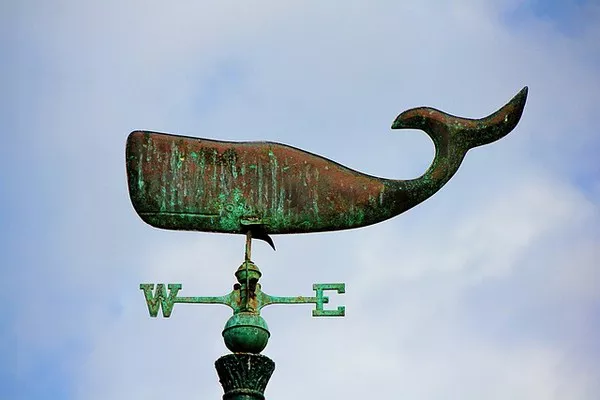Anemometers play a crucial role in meteorology, environmental monitoring, and various industries where wind speed is a critical parameter. Accurate measurement of wind speed is essential for assessing weather conditions, optimizing wind energy production, and ensuring the safety of structures and activities in windy environments. This article delves into the intricacies of measuring the speed of an anemometer, shedding light on the principles, technologies, and considerations involved in obtaining precise wind velocity data.
Principles of Anemometry
Anemometry, the science of measuring wind speed, relies on a variety of principles and methods. The most common approach involves mechanical anemometers, which convert wind-induced mechanical forces into measurable signals. Cup anemometers, propeller anemometers, and vane anemometers are among the widely used mechanical devices.
Cup Anemometers
Cup anemometers are one of the oldest and simplest types of anemometers. They consist of three or four cups mounted on horizontal arms that rotate with the wind. The rotational speed of the cups is directly proportional to the wind speed. By counting the number of rotations over a specific time period, the wind speed can be determined. Calibration factors are applied to convert the rotations into meaningful units such as meters per second (m/s) or kilometers per hour (km/h).
Propeller Anemometers
Propeller anemometers, also known as vane anemometers, employ a similar principle but use a small propeller instead of cups. The propeller’s rotation speed is directly related to the wind speed. These anemometers often include electronic sensors to provide real-time data and eliminate the need for manual readings. Calibration is crucial for accurate results, considering factors such as friction, air density, and instrument-specific characteristics.
Vane Anemometers
Vane anemometers measure wind speed by aligning a vane with the wind direction. As the wind moves the vane, it causes a rotating shaft connected to an indicator or sensor. The rotational speed of the shaft is directly proportional to the wind speed. Calibration is vital to account for friction and other factors affecting the vane’s movement. These anemometers are particularly useful for determining wind direction in addition to speed.
Ultrasonic Anemometers
In recent years, ultrasonic anemometers have gained popularity for their accuracy and versatility. Instead of relying on mechanical components, these instruments use ultrasonic sensors to measure the time it takes for sound pulses to travel between transducers in different directions. The speed of sound is affected by the wind, allowing the anemometer to calculate wind speed and direction accurately. Ultrasonic anemometers are less susceptible to wear and tear, providing long-term reliability with minimal maintenance.
Calibration and Accuracy
Regardless of the type of anemometer used, calibration is a critical aspect of obtaining accurate wind speed measurements. Calibration involves adjusting the instrument’s readings to align with a reference standard or a known wind speed. Factors such as altitude, temperature, and humidity can affect the accuracy of an anemometer, necessitating regular calibration to ensure reliable data.
Calibration is typically performed using a wind tunnel or a calibrated reference anemometer. The anemometer is exposed to controlled wind speeds, and its readings are compared to the reference measurements. Adjustments are made to the anemometer’s settings or output signals to minimize discrepancies. Regular maintenance and calibration checks are essential to account for wear and environmental factors that may affect the instrument’s performance over time.
Environmental Considerations
Measuring wind speed in various environments poses unique challenges. For example, anemometers used in harsh climates, such as coastal areas or extreme altitudes, must be designed to withstand the impact of salt spray, high winds, and temperature variations. Specialized coatings, durable materials, and weatherproofing measures are incorporated into anemometer design to ensure reliable performance in challenging conditions.
Data Logging and Communication
Modern anemometers often come equipped with data logging capabilities, allowing for the storage of wind speed data over time. This historical data is valuable for trend analysis, research, and monitoring changes in wind patterns. Additionally, many anemometers are equipped with communication interfaces, enabling real-time data transmission to remote monitoring stations or central control systems. This capability is particularly important for applications such as wind farms, where timely and accurate wind speed information is crucial for optimizing energy production.
Conclusion
Measuring the speed of an anemometer involves a careful balance of principles, technologies, and environmental considerations. From traditional mechanical devices like cup and vane anemometers to modern ultrasonic sensors, the evolution of anemometry has brought about increased accuracy and reliability in wind speed measurements. Regular calibration, environmental considerations, and advancements in data logging and communication technologies contribute to the effectiveness of these instruments across diverse applications. As we continue to rely on precise wind speed data for various purposes, the ongoing development of anemometry technologies remains pivotal in our understanding and harnessing of the power of the wind.

